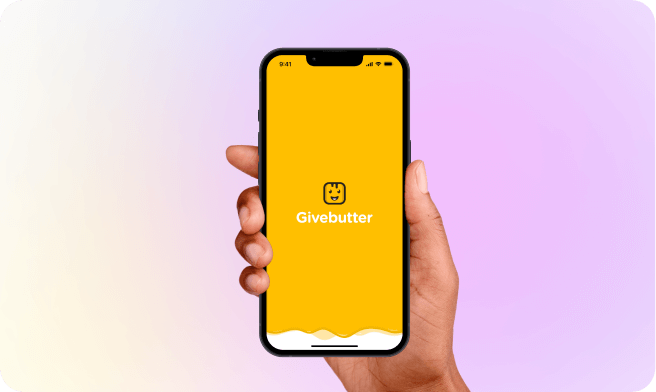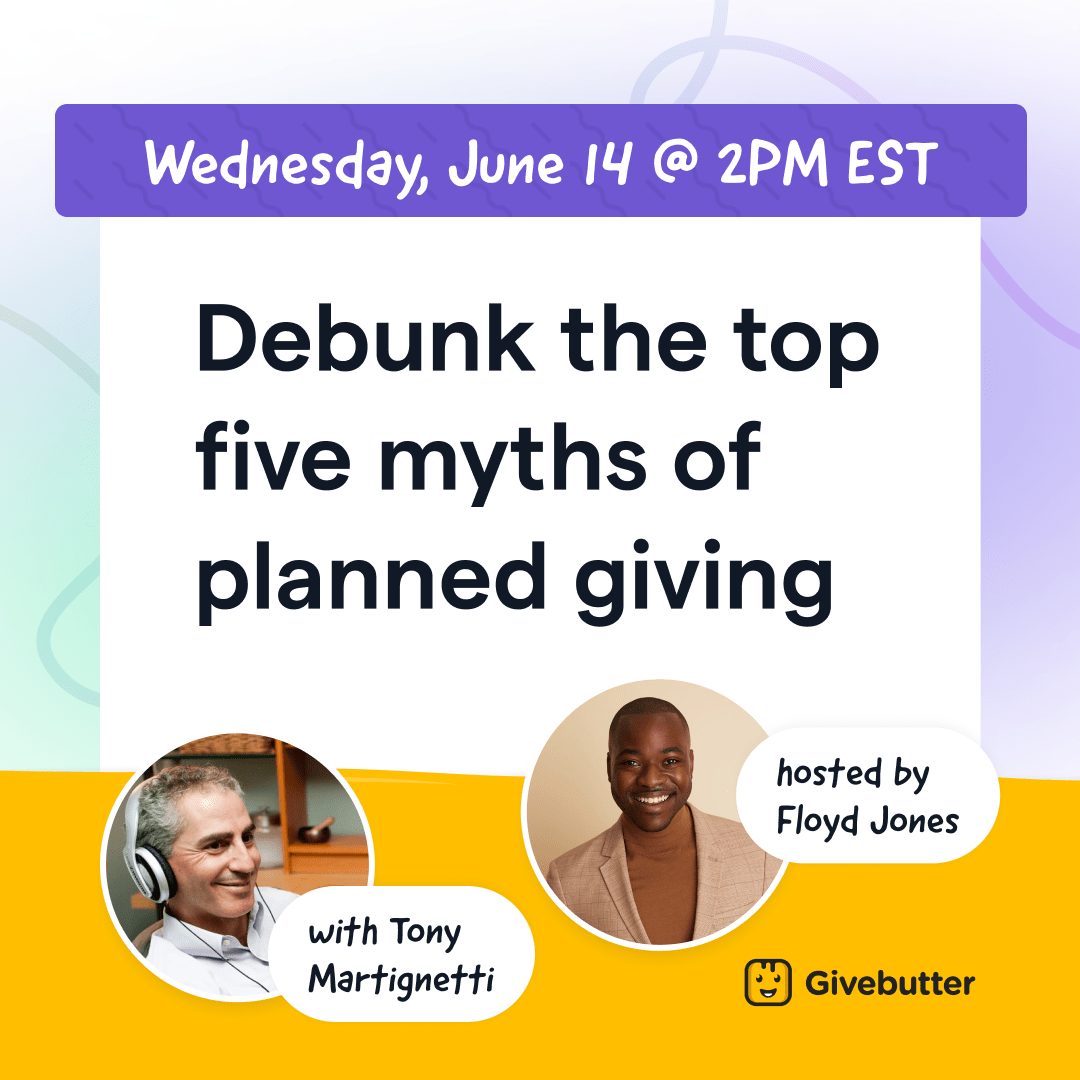Table of contents
Table of contents
A grant can help you make a significant impact within your community, launch new programs, and ultimately accomplish your mission. In short, grants can provide much-needed funds when fundraising dollars simply aren’t enough.
However, contrary to popular belief, a nonprofit grant is not simply “free money” to use as you wish. Typically, grants have stringent rules and guidelines for how funds can be used. And before you even gain access to the funds, you’ll need to write a proposal explaining why your organization is best suited to receive the grant.
Each year, hundreds of billions of dollars in grants are awarded to small businesses, nonprofits, and other entities to fund seemingly limitless endeavors.
As a nonprofit organization, you might discover funding opportunities through a foundation, individual donor, or a government agency. In the United States alone, there are over 1,000 grant programs given across 26 different agencies, awarding more than $500 billion annually.
To help you access these funds, we’re diving into how to write a grant proposal. We’ll cover the benefits of grants, an overview of the grant application process, and a few grant writing tips to draft your first proposal.
What are the benefits of grants for nonprofits?

The biggest advantage of a grant can be described in two words: breathing room. A grant awards money to your organization that you don’t have to scrape, fundraise, or otherwise campaign for.
Grant funding can be used in any number of ways (per the grant’s guidelines, of course), including:
- General operating costs: In some instances, grant funding agencies can provide contributions simply to keep your organization afloat. These grants become increasingly common following natural disasters, periods of unrest, or other national or local emergencies (such as the COVID-19 pandemic).
- Marketing and advertising: Many times, federal grants will become available to help spur economic development, and will help cover marketing and advertising costs. (Pro tip: Google offers Google Ad Grants to nonprofits to help promote their cause.)
- Capital projects: At one point or another, your organization will be faced with a large cost you did not plan for in your annual budget. A new roof, an expansion plan, or a new paint job to cover graffiti are capital projects that can be funded through grants.
- New programs: A grant can help launch new programs to make a difference in your community, without having to adjust your year-end fundraising goal.
How does the grant application process work for nonprofits?
There are plenty of myths surrounding the grant proposal process—starting with the falsehood that only professional grant writers can apply. In reality, anyone within your nonprofit organization has the capacity to apply for (and win!) a grant—you just need to know where to start. To help ease the growing pains, follow these simple steps:
1. Search for grants 👀
You can’t apply for a grant if you don’t first know it exists. Grants can be awarded through federal government agencies, charitable organizations, and other organizations, and it can be incredibly disheartening to learn about a grant only to find the deadline for applications has passed. To keep your eye out:
- Look through grants.gov or GrantWatch: Grants.gov offers thousands of grant programs each year across a number of different industries. In addition, GrantWatch houses an entire online database for new funding opportunities for nonprofits and for-profits alike.
- Set up a Google Alert: Create an alert with specific parameters so you learn the second a new grant is announced. You also might want to consider following certain hashtags on social media.
- Contact grant management firms: Different local firms are constantly awarding community grants to small businesses and nonprofits of all sizes.
2. Make a connection 👯
As the saying goes, it’s not what you know—it’s who you know. Sometimes, it’s best to make a personal connection at the agency or organization who is awarding the grant. Send an email to an individual at the organization, asking questions and requesting additional information.
Many times, nonprofits prefer to write a letter of inquiry (LOI) versus a casual email—particularly when applying for grants through foundations or government agencies.
An LOI introduces your organization, explains how the grant would make an impact within the community, and asks for additional details about the grant proposal process.
3. Collect your data 📈
When you’re writing a proposal, it’s best to be as specific as possible, eliminating generic language at all costs. Know exactly how much money you need, and where those funds will go towards. In addition, try to piece together a forecast as to how the investment will make a difference in the community going forward (e.g., “We expect this to decrease the number of unhoused persons within the District of Columbia by 25% by year 2025”).
How to write a grant proposal: 9 steps to follow

Once you’ve done your research, written your LOI, and collected all relevant data, you’re ready to write a first draft of your proposal. To help write a winning grant proposal, follow these nine steps:
- Keep your cover letter succinct: Your grant proposal always starts with a cover letter, which should be no more than four paragraphs long. Explain who you are, which funds you are requesting, and why you’re requesting them—trying your best not to be repetitive.
- Summarize your entire proposal: Within your executive summary, you’ll want to summarize the highlights of your proposal, and offer a table of contents for the upcoming sections.
- State your case: Now, you need to introduce yourself as the applicant, and why you are a trustworthy organization. Explain your organization’s history, introduce your Executive Director, board members, or other key stakeholders, highlight your track record of using funds appropriately, and overall explain why you are the best fit for this program.
- Write your statement of need: Within your problem statement, you’ll use facts and data to explain exactly why you’re making this grant request. Show factual evidence of how these funds will make a difference in your community.
- Explain your desired outcomes: What does success look like to you? Explain your initiatives and goals for the next 12 months, three years, and five years time frame, explaining how the funds will help accomplish each objective. (Pro tip: Consider using success stories for past programs as a way to state your case.)
- Establish your project plan: Part of the grant writing process is to lay out a project description explaining exactly how you will use these funds to accomplish a certain objective. (In other words, you need to create a project plan for the use of these funds before you’re ever awarded the grant.) Be sure to list which staff members will own which roles and what milestones you’ll set in place to ensure you’re making progress.
- Calculate a proposed project budget: Now, calculate your project costs. How much money do you need to buy materials, pay consultants and staff, cover overhead, and otherwise cover other costs?
- Look ahead for long-term sustainability: An effective grant proposal shows how the funds will help accomplish your organization’s mission over the long term. How will you ensure that these funds will not simply apply a short-term Band-Aid fix, but will create a sustained, long-term impact that will improve your community for the better?
- Proof, re-write, and send to other collaborators: Finally, be sure to send your proposal to other team members for editors before you submit. Ensure your template is easy to understand (breaking into sections with headings), is free of typos and errors, and successfully makes a compelling argument.
Get started writing your nonprofit grant proposal
A grant can help cover operating expenses, launch new programs, or fund a capital campaign. Plus, a grant can help cover these expenses without having to adjust your year-end fundraising goal.
To write a successful grant proposal, you’ll need to collect data, write in a succinct manner, and make a compelling argument.
When writing your cover letter or executive summary, you’ll need to make a positive first impression, clearly articulating why your organization is the best fit for the program.
For assistance with grant proposal writing, consider contacting a Givebutter Expert. Givebutter is the all-in-one fundraising platform with built-in CRM capabilities and marketing automation, helping to ignite the changemaker in all of us. To see how Givebutter can help you reach your fundraising efforts, take a tour today.





.png)




%20(1).png)






.png)






.svg)
.svg)
